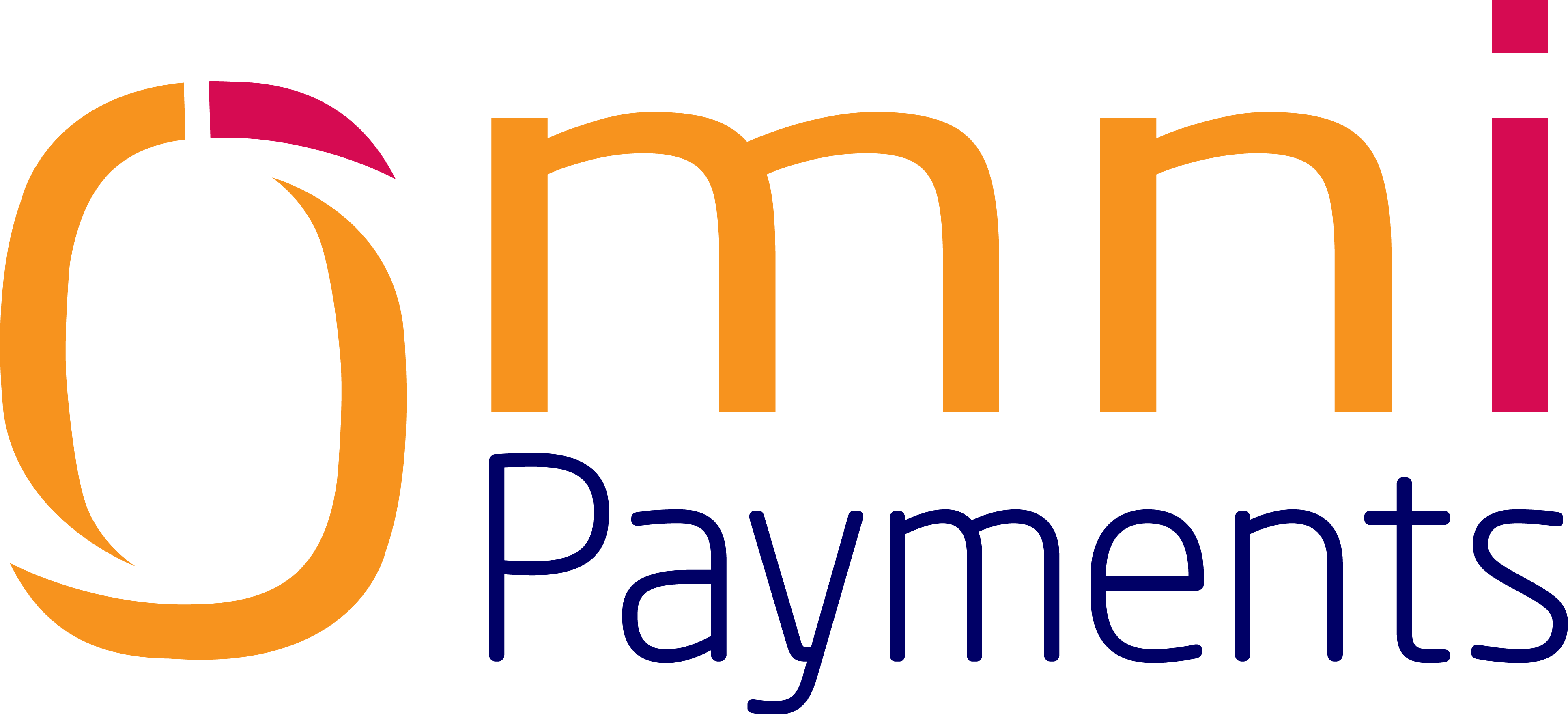The payment environment has changed significantly. Today’s transactions take place across continents using cloud-based systems, e-commerce platforms, and mobile apps rather than the traditional card swipes at checkout counters. In addition to offering amazing potential, this evolution causes problems for anyone attempting to maintain PCI-DSS compliance.
The truth is that PCI-DSS 4.0, which went into full force in March of this year, isn’t playing around. The new requirements need more advanced security measures than ever before, making them especially harsh on cloud deployments. The good news is that end-to-end encryption and tokenization work together to provide a security framework that not only satisfies but surpasses these standards.
Why This Combination Works So Well
Consider end-to-end encryption to be the personal bodyguard of your data. When a customer submits their card information on your website or app, it is securely locked and remains encrypted for the duration of the transaction. It cannot be read by anybody without the right keys, regardless of how many systems it passes through, including databases, processing centers, and APIs.
Tokenization employs a distinct, although no less potent, strategy. It substitutes meaningless tokens that appear authentic but have no exploitable value for sensitive data, rather than safeguarding the actual data. Transactions can still be processed correctly by your systems, but they are using innocuous alternatives instead of real payment information.
Combining these methods creates a vault inside a vault in cloud settings. Before it ever leaves the customer’s device, data is encrypted. Once it gets to your secure systems, it is tokenized. Hardened token vaults that are totally separate from your primary processing infrastructure house the original sensitive data.
Getting Started: Your Implementation Roadmap
The first step is to understand your current arrangement; it is not technical. Make a map of all the places that payment data enters your systems. This includes well-known locations like payment APIs and checkout sites, but don’t overlook less well-known locations like analytics platforms, backup systems, and log files.
The next step is to appropriately segment your network. Setting up virtual private clouds and security groups that establish distinct boundaries around your payment processing systems is necessary in cloud environments. Isolating these parts from the rest of your infrastructure is the aim.
Deploy your encryption protection as early in the data flow as you can. Use appropriately approved libraries to implement client-side encryption if you’re running web applications. Before any network communication takes place, mobile apps should encrypt data inside.
The Cloud-Specific Challenges
Cloud computer systems are always changing. Services grow or shrink as needed. Computer parts are turned on or off automatically. Settings can even change without a person touching them. This constant change can cause big problems with the rules you need to follow. If you are not ready for it, your system might not follow the rules.
The answer is to treat security rules like computer code. Use special methods called ‘infrastructure-as-code.’ This makes sure that every new computer part in the cloud is set up correctly, every time. Also, you need to watch things all the time. Keep checking your rules status in real-time. If something starts to break the rules, you will know right away.
New rules for payment systems, called PCI-DSS 4.0, have changed things. Now, you need two or more ways to prove who you are when you log in. This is called ‘multi-factor authentication.’ This is important for keeping payment systems safe.
Measuring What Matters
Building systems that stay safe and compliant over time is more important for success in this field than simply passing audits. Monitor indicators like as incident response times, tokenization rates for sensitive data, and encryption coverage throughout your data flows.
To assist companies in navigating these intricate regulations while preserving the adaptability and scalability of cloud infrastructure, OmniPayments offers comprehensive solutions that integrate encryption, tokenization, and compliance management.






